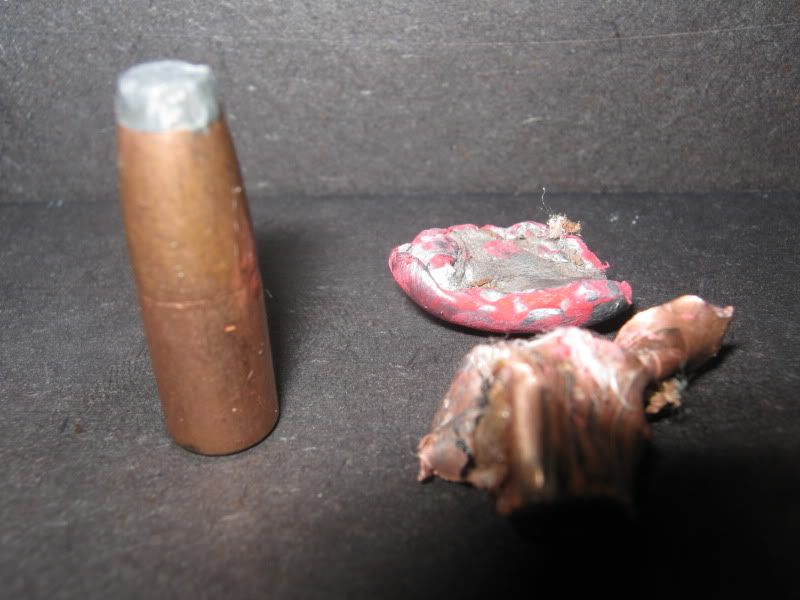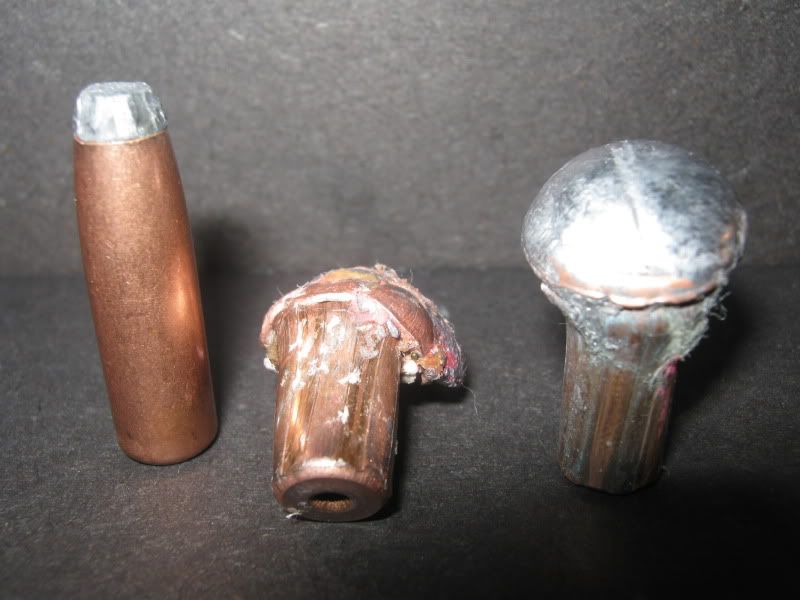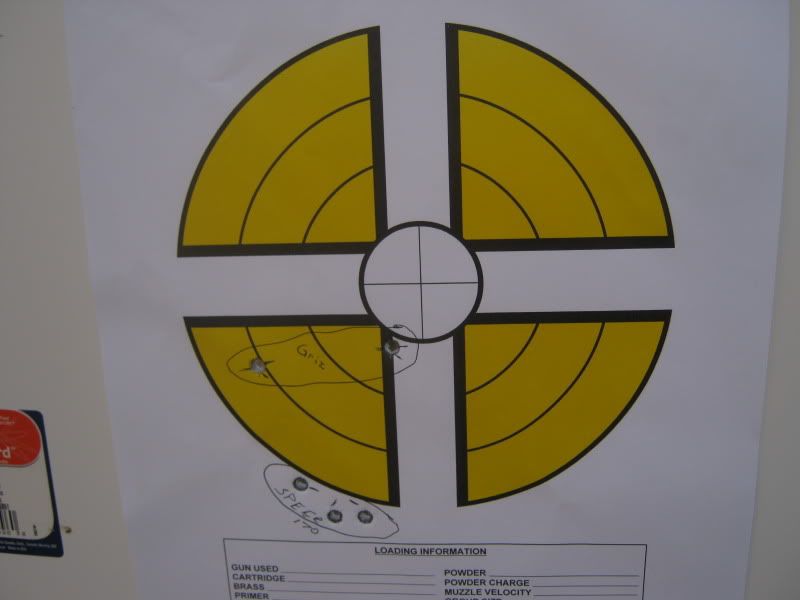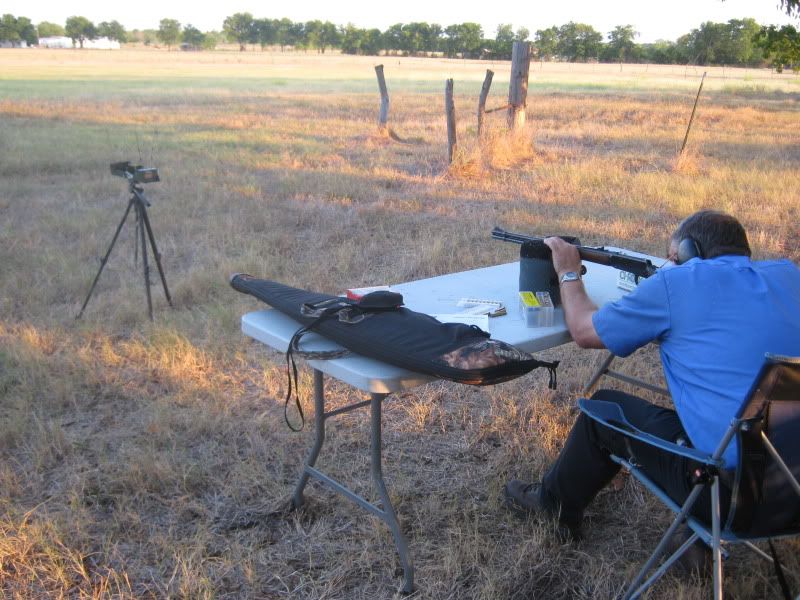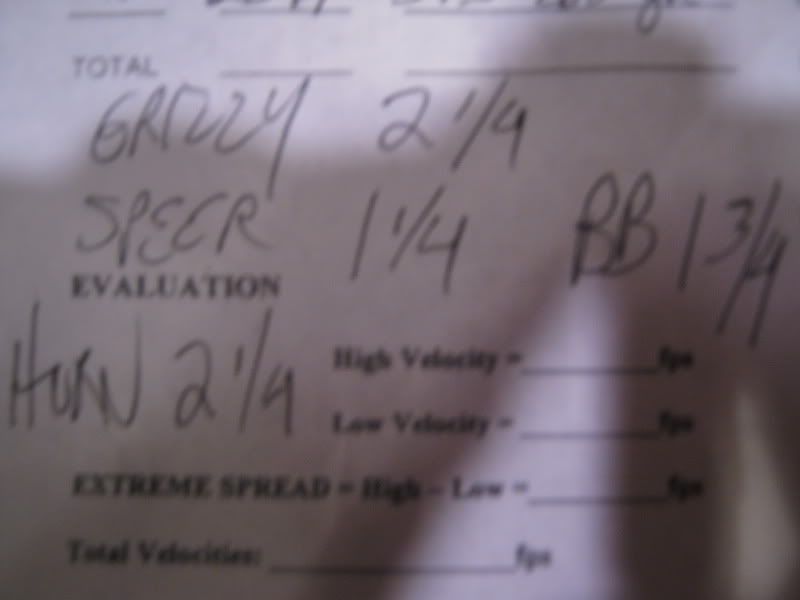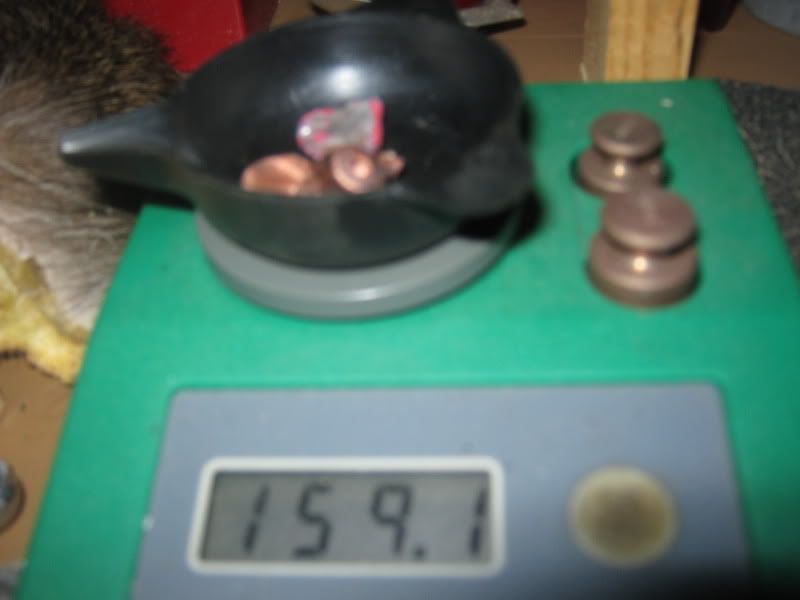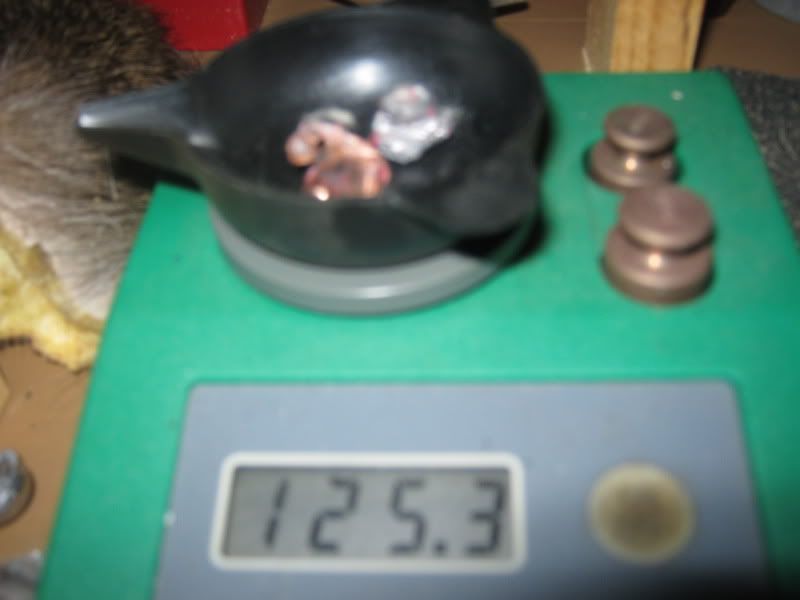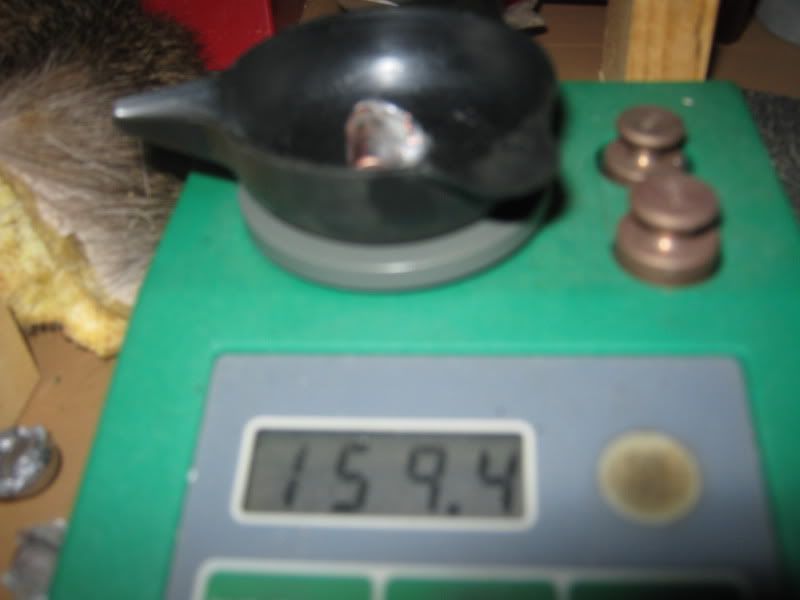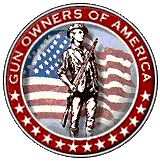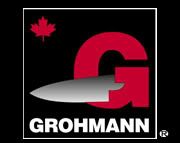I noted that transfers include some rather pedestrian/common firearms purchased elsewhere and sent to us to save the buyer about $10-20. I don't get it when the boss man would probably have met the price and ordered the gun for the buyer with less wait and less effort for the buyer but that magic sawbuck must have had too much allure in this economy.
The ATF session, only with the boss, was mostly about reinforcement on law and regulation education. It took quite a while (about 3 hours) but doesn't seem to have been stressful, allowed for plenty of questions and was non-confrontational.
One of the most interesting guns that came to visit was a genuine Henry rifle with a 4 digit serial number in the 3,000 block (i.e. 3xxx). Likely made during the Civil War, the owner's family had had continuous ownership since that time. Sadly, the gun had been made part of a lamp at one time with the stock being cut so the gun would fit in the lamp kit, and was missing the buttplate, magazine spring and follower. It also had a neglected bore and had been varnished (probably during the lamp phase). The current owner wanted to get the parts to return it to shooting condition so that he could pass it on to his grandson. I think this might have been a $40,000 rifle with the provenance (the original family owner was a Confederate Civil War veteran) if it were complete.
 |
| An example of the Henry rifle, not the one mentioned... |
Then we had a couple in their late 60s who were moving back to the wife's home country of Ireland. They were preparing their firearms (for which they had licenses) for shipment. We had a nice discussion of their efforts and such. I have to admit that I was a bit put off by the dis-assembly and deactivation that was required for a couple of the guns including a fine Remington rolling-block sporting rifle with an 1874 date on the barrel.
We also got new shirts. The boss man has come up with a new (and I think better) logo and this is on the new shirts. There are more new things coming and maybe even some product through our store acting as the national distributor. Should be some interesting things happening in the next year.
















